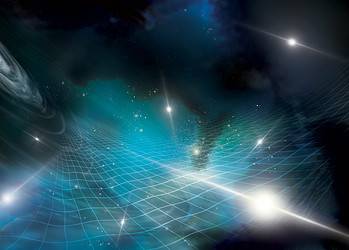All 80.000 items from Albert Einstein’s archives, including a huge number of manuscripts, personal correspondence with several lovers and a touching letter to his ailing mother are going to be published online.

Personally, while I salute such an initiative of giving full access to scientific papers, including his personal, intimate correspondence, as well as the letter to his mother seems nothing less than rude to me. These are after all, the personal affairs of one of the most brilliant men in history, and should be kept private, not published like articles from The Sun.






